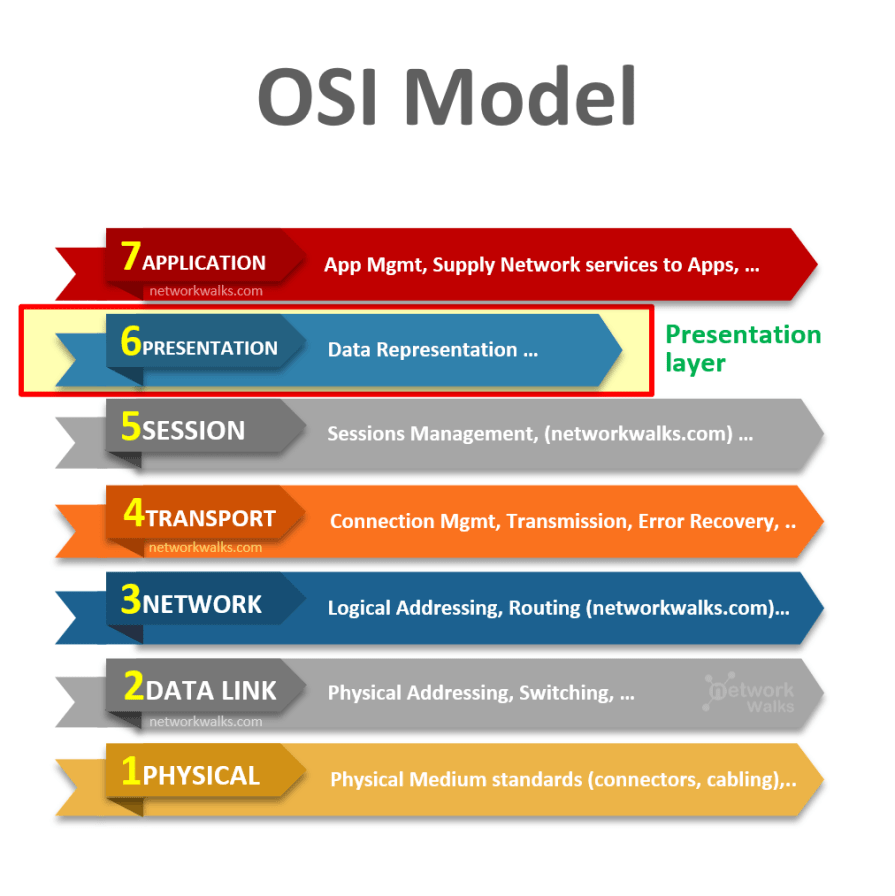Application Layer Explained

The Application Layer, the seventh and final layer of the OSI model, is where the magic happens in the world of computer networking. This layer is responsible for providing services and interfaces to end-user applications, allowing them to communicate with each other over a network. In this article, we’ll delve into the inner workings of the Application Layer, exploring its functions, protocols, and significance in modern networking.
Introduction to the Application Layer
The Application Layer is the highest layer of the OSI model, sitting atop the Presentation Layer, Session Layer, Transport Layer, Network Layer, Data Link Layer, and Physical Layer. Its primary function is to provide a interface for applications to communicate with each other, facilitating the exchange of data, messages, and instructions. The Application Layer acts as a bridge between the user’s application and the network, enabling data to be transmitted and received over the network.
Functions of the Application Layer
The Application Layer performs several critical functions, including:
- Identifying communication partners: The Application Layer identifies the communication partners, ensuring that data is sent to the correct application on the destination device.
- Determining resource availability: The layer determines whether the required resources, such as buffer space or CPU capacity, are available to support communication.
- Establishing communication: The Application Layer establishes and manages communication between applications, including setting up and tearing down connections.
- Providing synchronization: The layer provides synchronization between applications, ensuring that data is transmitted and received in the correct order.
Protocols of the Application Layer
The Application Layer uses various protocols to facilitate communication between applications. Some of the most common protocols include:
- HTTP (Hypertext Transfer Protocol): Used for transferring data over the web, HTTP is a request-response protocol that enables communication between web browsers and servers.
- FTP (File Transfer Protocol): FTP is used for transferring files over a network, providing a way to upload and download files.
- SMTP (Simple Mail Transfer Protocol): SMTP is used for sending and receiving email, enabling mail servers to communicate with each other.
- DNS (Domain Name System): DNS is used for resolving domain names to IP addresses, allowing users to access websites and other online resources using easy-to-remember domain names.
Significance of the Application Layer
The Application Layer plays a vital role in modern networking, enabling applications to communicate with each other and exchange data over a network. The layer’s functions and protocols are essential for various online activities, including:
- Web browsing: The Application Layer enables web browsers to communicate with web servers, allowing users to access and view web pages.
- Email communication: The layer facilitates email communication, enabling users to send and receive emails.
- File transfer: The Application Layer enables file transfer over a network, allowing users to upload and download files.
- Online gaming: The layer provides the necessary protocols and functions for online gaming, enabling players to communicate with each other and exchange data in real-time.
Real-World Applications of the Application Layer
The Application Layer has numerous real-world applications, including:
- Enterprise software: The layer is used in enterprise software applications, such as customer relationship management (CRM) and enterprise resource planning (ERP) systems.
- Online banking: The Application Layer enables online banking, allowing users to access their accounts and perform transactions over the internet.
- Social media: The layer facilitates social media communication, enabling users to share updates, photos, and videos with each other.
- E-commerce: The Application Layer enables e-commerce transactions, allowing users to purchase products and services online.
Conclusion
In conclusion, the Application Layer is a critical component of the OSI model, providing the necessary functions and protocols for applications to communicate with each other over a network. Understanding the Application Layer is essential for developing and implementing networked applications, and its significance extends to various online activities, including web browsing, email communication, file transfer, and online gaming. By grasping the concepts and protocols of the Application Layer, network administrators and developers can design and implement more efficient and effective networked applications.
What is the primary function of the Application Layer?
+The primary function of the Application Layer is to provide a interface for applications to communicate with each other, facilitating the exchange of data, messages, and instructions.
Which protocol is used for transferring data over the web?
+HTTP (Hypertext Transfer Protocol) is used for transferring data over the web.
What is the significance of the Application Layer in modern networking?
+The Application Layer plays a vital role in modern networking, enabling applications to communicate with each other and exchange data over a network. Its functions and protocols are essential for various online activities, including web browsing, email communication, file transfer, and online gaming.



